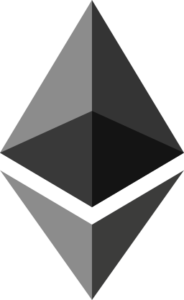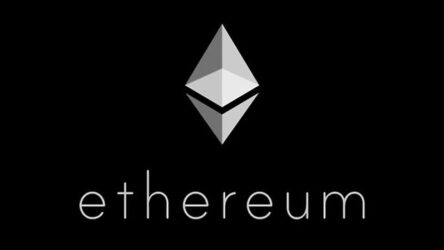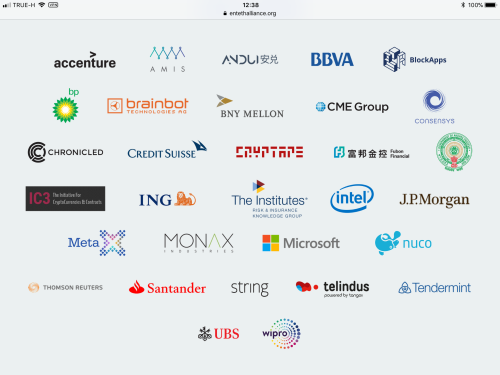Ethereum: Smarter than a Fifth Grader?
Ethereum is described in Wikipedia as an “an open-source, public, blockchain-based distributed computing platform featuring smart contract functionality“.
How does it differ from Bitcoin? Well Bitcoin is open-source, public, distributed, and block-chain based. The difference is principally found in the terms “computing platform” and “smart contract functionality”. And there are other differences as well.
Ethereum is only two years old. It was the brainchild of wunderkind Vitalik Buterin, a Bitcoin developer, and while initial funds for the project were raised in mid-2014, the network went live in mid-2015. A foundation under Swiss law manages Ethereum.
The motivation was to have better scaling than Bitcoin, both horizontally, in terms of transaction speed, and vertically, in terms of use cases supported (implemented via smart contracts). It also has a better specified development plan, with 0, 1, and 2 versions of the software having been implemented, and version 3 (Metropolis) currently in testing.
It has been a great success, and Ether, the coin of Ethereum, now has the number two market cap among all cryptocurrencies at around $29 billion. Its value has risen dramatically during 2017, rising from $8 to well over $300.

Contracts
There are two types of accounts in Etherland. One can have a regular cryptocurrency account, or an account can represent a smart contract. There is a virtual machine (EVM) that is said to be “Turing complete” and that supports multiple scripting languages in which contract rules can be specified.
The idea of smart contracts has been around for over two decades; blockchain with broad programmability on the chain provides a very useful technology for their implementation.
Smart contracts allow value to be exchanged between agents without existing trusted relationships. Sort of like escrow, but much more streamlined. The basic idea is to cut out the expense and complications associated with middlemen.
Use cases being explored for such smart contracts include:
- Real estate leases or purchases
- Securities settlement
- Supply chain management
- Governance, including voting
- Intellectual property protection
The number of currently existing use cases is few at present, however, and they tend to be simple and related to the Ether coin itself. Some have argued that smart contracts are much harder to implement in practice than many imagine. A recent interesting one is Prism Exchange, which allows you to hold a variety of altcoins across multiple exchanges from a single application.
Mining
Ether is much quicker to mine than Bitcoin, and can process 25 transactions per second. Transaction fees are also much lower than Bitcoin, around 8 times lower currently. Blocks are generated every 12 seconds, as opposed to the 10 minute target with Bitcoin.
Like Bitcoin, Ether is mined via Proof of Work, but the intent is to move to Proof of Stake (some measure of ownership) over time. A different cryptographic hash problem, Ethash, is solved, and with this hash Ether does not benefit greatly from mining with ASICs and is therefore accessible to CPU and especially to GPU mining. “Ethash PoW is memory hard, making it basically ASIC resistant.”
Basically the algorithm is designed to consume memory bandwidth and to be GPU-friendly. So it is good news for Nvidia and AMD and Intel.
Enterprise Ethereum Alliance
The Enterprise Ethereum Alliance has grown to over 150 organizations as members and includes some of the most important technology companies and largest banks. Its purpose is to address enterprise requirements for smart contracts and blockchains. The founding members are shown in the graphic below. Mastercard and Cisco are two major companies who have also joined recently.
Banks, in particular, have interest in permissioned blockchains, so that they can retain control of their customer relationships. There is a natural tension between open distributed trust of the blockchain and centralized trust that banks provide today.
It is an exciting time. How blockchain will be deployed by the financial industry, and how it will disrupt the industry are open questions. Smart contracts allow blockchain to be even more disruptive because they provide the tools for disintermediation. Jamie Dimon may not want his traders to trade Bitcoin, but he sure wants a seat at the Ethereum “smart contracts” table.
Stephen Perrenod has lived and worked in Asia, the US, and Europe and possesses business experience across all major geographies in the Asia-Pacific region. He specializes in corporate strategy for market expansion, and cryptocurrency/blockchain on a deep foundation of high performance computing (HPC), cloud computing and big data. He is a prolific blogger and author of a book on cosmology.


